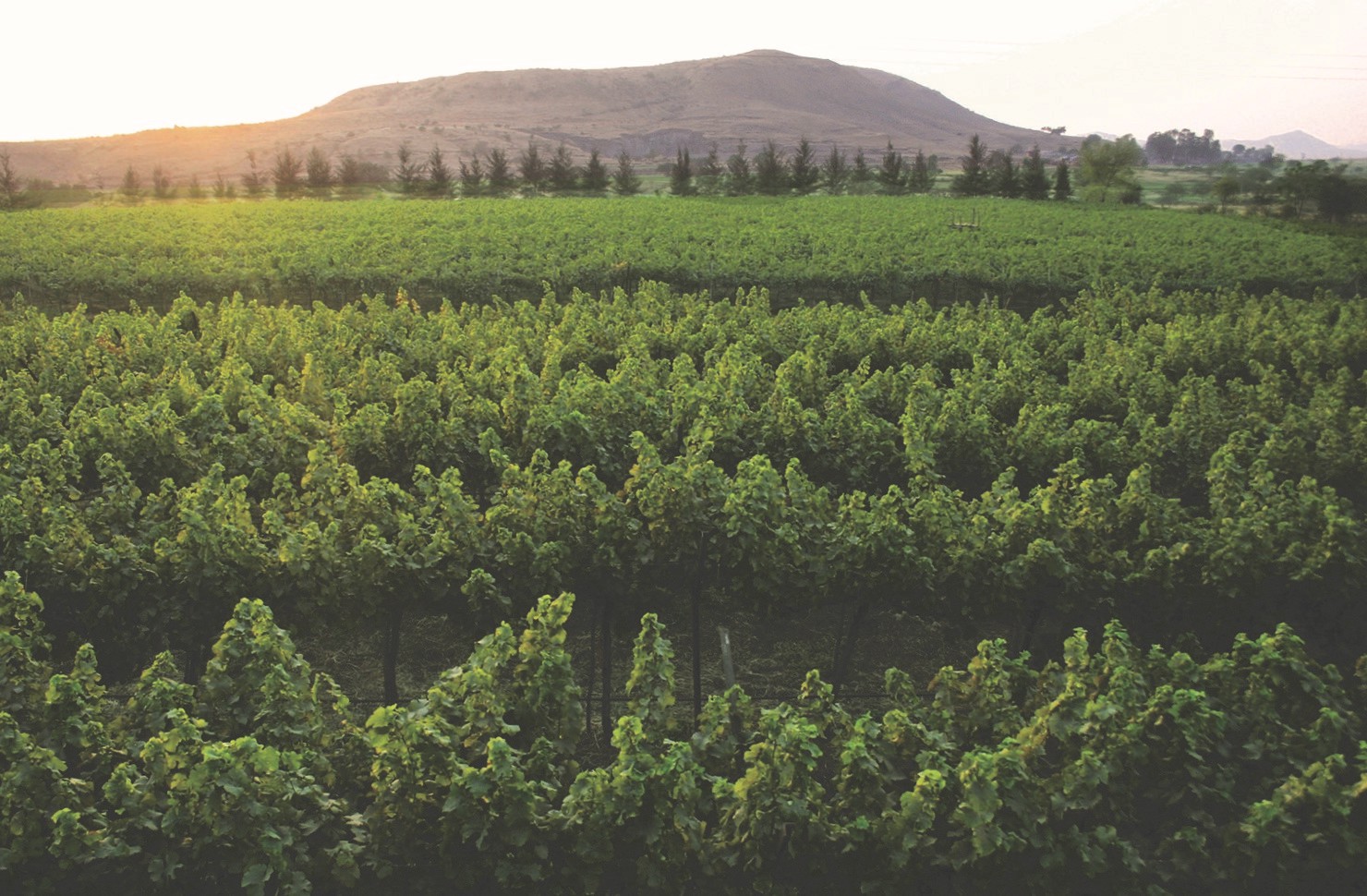Very few destinations are known for nurturing their traditional charms while being open to novel and modern avenues that attract international tourists from across the globe. Nashik and its lush green vineyards is one such destination.
Popular for its Hindu temples on one hand, particularly the ancient Shiva temple of Tribakeshwar, and boasting some of the finest state-of-the-art wineries, Nashik, located, 180 kilometres to the north-east of Mumbai city, is considered the ‘Wine Capital of India’.
Geographically, its climate and soil have been favourable for producing Indian grapes, and selling hem on the global fruit markets was the only objectives of local farmers. That is until Sula Vineyards arrived on the scene in 1999. Today, Sula is one of the leading wineries of India, and the catalyst for a burgeoning wine region three hours from Mumbai.

Sula Vineyards & Nashik
Established in year 1999, Sula Vineyards spreads over 300 acres in the Dindori Hills, with the Gangapur Lake flowing by. The vineyard grows Sula’s premium red grapes —Cabernet Sauvignon, Shiraz, Zinfandel, Malbec and Tempranillo, totaling 10 million bottles each harvest.
Mr. Rajeev Samant, the founder and CEO, is the ‘brain and the heart’ behind Sula vineyards. Back in 1998, he started cultivating grapes on a family-owned 15-acre plot with the help of his California-based friend and wine producer Kerry Damskey.
In the year 2000, after processing the first ever harvest of the wine grapes in their own winery, their maiden batch of 50,000 bottles hit the market.
With a full-fledged production producing 60 percent of India’s wine, Sula Vineyards is a must for wine-loving visitors who can take a factory tour and partake in a wine tasting experience too. There’s also a restaurant, Soma, that offers a menu that creatively blends Indian cuisine with wine, of course.
Pick up a souvenir from a gift shop or drop by the wine store for take home bottles.
Harvest Time
Grape harvesting around Nashik takes place during January to March, when Sula hosts ‘Sula Grape Crushing Festival’ (mostly in February), where grape stomping events are organized. ‘The Source’ and ‘Beyond’ are two luxury hotels which are new inclusions in the Sula vineyard’s hospitality space.

What’s in a Name?
The name— Sula—is derived from the full name of Mr. Samant’s mother, Sulabha, and the brand logo is that of a smiling sun with Indian motifs, symbolising the brand’s origins from a hot region, India.
Sula Vineyards ranks No. 3 on the list of international wine brands and has put Nashik & Dindori on the world map for tourism.
Besides this, with a noble intention of creating positive social impact, Sula Vineyards has collaborated with the surrounding grape-producing farmers of Nashik region, who gain a stable income by contributing by selling their farm produce to supplement Sula’s wine production.
Getting There
Sula Vineyards can be reached by car in roughly 4 hours from Mumbai. But a new train called ‘Vande Bharat’ that runs every day but Tuesdays cuts the journey to about 3 hours and departs from Mumbai’s CST train station. Once at Nashik Station, it is a 15-20 minute drive to Sula Vineyards. A local auto rickshaw or Ola/Uber can be fetched to reach the winery.

Other Places to Sip & Stay in Nashik
- Vallonne Vineyards offers a holistic wine experience, which includes Winery Tours, Wine Tasting and Vineyard Stays on a lake.
- York Winery is run by a new generation of winemakers on a picturesque 9-acre parcel of scenic vineyards with a tasting room, restaurant and bottle shop.
- Encompassed by the Western Ghats, Soma Vine Village is one of the best vineyard resorts in Nashik and was India’s first vineyard resort, making it popular among wine lovers and travellers.
***
Be Seeing You In: Nashik, India
Good to know: A new train gets you there in three hours
WOW! Factor: The Nashik area has around 52 wineries in operation
Tip: Several vineyards have accommodations so make it an overnight and book ahead.
***
Author bio: Shraddha C. Sankulkar
Find more travel inspiration at BeSeeingYou
Photos Courtesy: Shraddha. C. Sankulkar and Mukul Chandorkar
Lead photo by Wikieditor11221 – Own work, CC BY-SA 4.0










